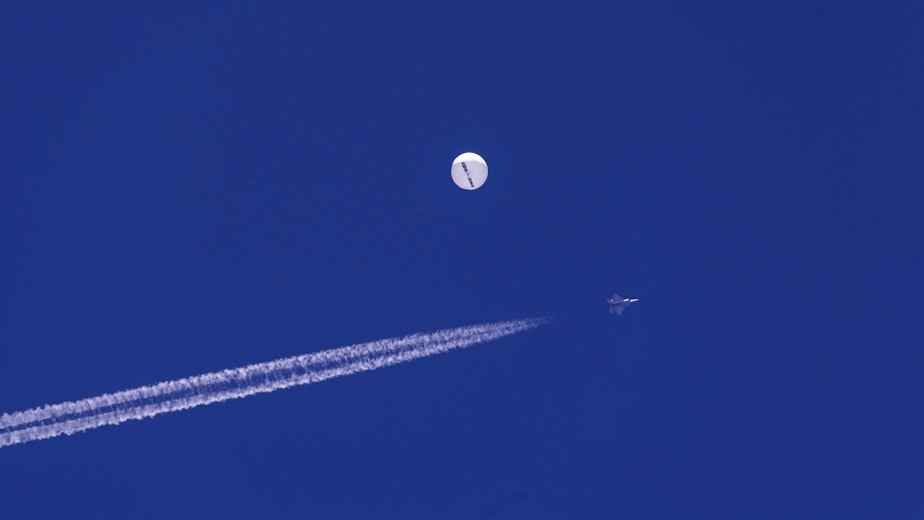Could unidentified objects represent another 'Sputnik moment' in U.S. skies?

The White House says that the three flying objects U.S. fighter jets shot down last weekend were probably not spying on us — they could be benign, for research or commercial purposes.
And, they originated on Earth. (No aliens to see here.)
But federal officials said the balloons, or drones, or whatever they were, could have been dangerous to commercial aircraft.
That got us wondering — who’s finding these things? And why are they suddenly popping up so often, after the U.S. popped a much larger, suspected Chinese surveillance balloon earlier this month?
The agency that's watching the skies above North America, the North American Aerospace Defense Command (also known as NORAD) has been around for almost 65 years.
But to most Americans, this agency is known for its cameos in American pop-culture.
"NORAD typically connotates two things in peoples' mind — that is the 1980s movie 'War Games,' and then of course they're also the folks that track Santa at Christmas time," says Dr. Brian Laslie, the command historian at the United States Air Force Academy.
Sponsored
Soundside host Libby Denkmann caught up with Laslie to talk about how NORAD operates, and whether these unidentified objects represent another "Sputnik moment."
After hearing from Laslie about NORAD, we'll explore how radar technology works with Leo McCloskey, the vice president for Echodyne, a Kirkland-based company that makes radar for the commercial and defense market.
Among other issues, McCloskey will explain how these balloons are raising new questions around security within North America's airspace.
Listen to the full interview above.


